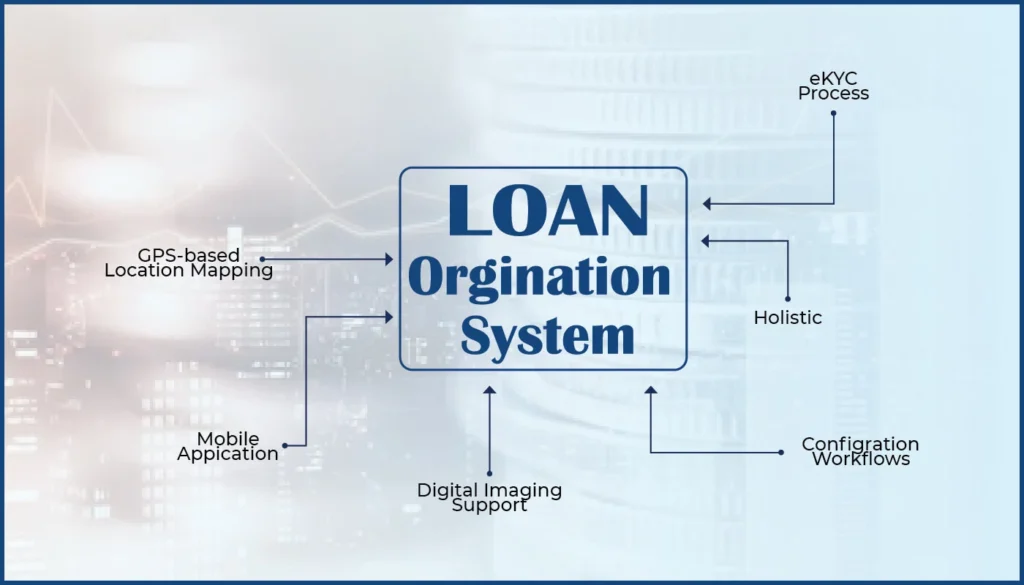Unmasking Hidden Fees and Finding the Best Loan
Beyond the APR: Unmasking Hidden Fees and Finding the Best Loan Offer
The world of finance can be a labyrinth, and loans, despite their apparent simplicity, can be particularly tricky to navigate. You might think you’ve found the perfect loan with a low Annual Percentage Rate (APR), but hidden fees can lurk beneath the surface, significantly increasing your borrowing costs. This blog sheds light on these hidden loan fees, empowers you to identify them, and equips you with strategies to find the most transparent and cost-effective loan offer.
Demystifying the APR: A Flawed Hero
The APR is often presented as the be-all and end-all of loan comparison. It reflects the total cost of borrowing, including the interest rate and some fees, expressed as an annual percentage. However, the APR has limitations. It doesn’t account for all the fees associated with a loan, and the way it factors in fees can be misleading. For instance, an origination fee, which is a one-time upfront charge for processing the loan, might be included in the APR calculation, but a prepayment penalty, charged if you pay off the loan early, might not be. This is why a low APR shouldn’t be the sole deciding factor when choosing a loan.

The Sneaky Six: Unveiling Common Hidden Loan Fees
Here’s a breakdown of some of the most common hidden fees you should be on the lookout for:
- Origination Fee: This fee covers the lender’s cost of processing your loan application. It can range from 1% to 5% of the loan amount and can significantly impact your overall borrowing cost.
- Prepayment Penalty: This fee applies if you pay off your loan before the maturity date. It’s designed to compensate the lender for the lost interest income they would have earned if you had held the loan for the full term. Prepayment penalties can be a flat fee or a percentage of the remaining loan balance.
- Application Fee: Some lenders charge a fee simply for processing your loan application, regardless of whether you’re approved or not. This fee can be non-refundable, so be sure to shop around before applying.
- Late Payment Fee: This fee is charged if you miss a loan payment. It’s usually a flat fee, but some lenders may also charge a penalty as a percentage of the overdue amount. Late payment fees can quickly add up and damage your credit score.
- Document Preparation Fee: This fee covers the cost of preparing loan documents. While it might seem reasonable, compare it with other lenders’ offers to ensure it’s not inflated.
- Credit Report Fee: Some lenders charge a fee to access your credit report. This fee shouldn’t be excessive, and some lenders might even cover this cost.
Beyond the Big Six: Be aware that these are just some of the most common hidden fees. Other potential lurkers include courier fees for overnight document delivery, flood certification fees, and notary fees. Always meticulously read the loan agreement to uncover any unexpected charges.
The Art of Comparison: Choosing the Right Loan
Now that you’re aware of hidden fees, here’s how to select the most suitable loan offer:
- Get Quotes from Multiple Lenders: Don’t settle for the first offer you receive. Shop around and compare quotes from banks, credit unions, online lenders, and peer-to-peer lending platforms. This increases your chances of finding a loan with a competitive interest rate and minimal fees.
- Focus on Annual Percentage Rate (APR) but Look Beyond: While APR isn’t the ultimate metric, it does provide a baseline for comparison. However, remember, it doesn’t capture all fees. Scrutinize the loan agreement to understand the details of each fee and its impact on your total borrowing cost.
- Ask Questions! Don’t be afraid to ask the lender to clarify any fees you don’t understand. A reputable lender will be transparent about their fees and happy to answer your questions.
- Negotiate Fees (When Possible): While not all fees are negotiable, some lenders might be willing to waive or reduce origination fees or other charges, especially if you have good credit or are applying for a larger loan amount.
- Consider the Overall Value Proposition: Look beyond just the interest rate and fees. Evaluate the lender’s customer service reputation, online reviews, and any additional features or benefits they might offer, such as convenient online payment options or loan management tools.
Loan Term:
- Loan Term Choose a term that aligns with your budget and financial goals. Consider how long you can comfortably afford the monthly payments and whether prioritizing lower monthly payments or paying off the loan sooner is more important for you.
- Prepayment Flexibility: If you anticipate having the ability to pay off the loan early, choose a loan with no prepayment penalty or a low one. This flexibility allows you to save money on interest in the long run.
- Collateral Requirements: Some loans, like mortgages and auto loans, require collateral, which is an asset the lender can seize if you default on the loan. No-collateral loans, like personal loans, typically come with higher interest rates. Evaluate the pros and cons of collateralized vs. non-collateral loans based on your situation and creditworthiness.
- Your Credit Score: Your credit score significantly impacts the loan offers you receive. A higher credit score qualifies you for lower interest rates and potentially fewer fees. If your credit score isn’t ideal, consider working on improving it before applying for a loan.

Arm Yourself with Knowledge: Resources for Informed Borrowing
Navigating the loan landscape can be empowering with the right knowledge. Here are some resources to help you make informed decisions:
- Government Agencies: The Federal Trade Commission (https://www.ftc.gov/) and the Consumer Financial Protection Bureau (https://www.consumerfinance.gov/) offer valuable resources on loan comparison and avoiding predatory lending practices.
- Non-profit Organizations: Non-profit credit counseling agencies like the National Foundation for Credit Counseling (https://www.nfcc.org/) provide free financial education and loan counseling services.
- Online Loan Comparison Tools: Several online platforms allow you to compare loan offers from different lenders based on your specific needs and credit profile. Utilize these tools to get a broader picture of available options.
The Takeaway: Be a Savvy Borrower, Not a Victim of Hidden Fees
By understanding hidden loan fees, comparing offers meticulously, and leveraging available resources, you can transform yourself from a vulnerable borrower to a financially empowered loan recipient. Remember, knowledge is power. Don’t be afraid to ask questions, negotiate fees, and prioritize transparency throughout the loan selection process. With a bit of effort and the right approach, you can secure the loan that best suits your needs and financial goals, without falling prey to hidden costs.